In the golden sands of ancient Egypt, where the Nile’s life-giving waters nurtured a civilization of unparalleled grandeur, the blue water lily—often referred to as the "sacred lotus"—held a place of profound spiritual significance. Known scientifically as Nymphaea caerulea, this ethereal bloom was far more than mere flora to the Pharaohs; it was a symbol of rebirth, a bridge between the mortal realm and the divine, and a living testament to the cyclical nature of existence. Its petals, painted in hues of dawn and twilight, unfolded each morning as if echoing the sun god Ra’s journey across the sky, only to retreat beneath the water at dusk, mirroring the eternal dance of life and death.
The blue water lily’s association with resurrection was deeply woven into the fabric of Egyptian mythology. Temples and tombs alike bore its likeness, carved into stone or painted in vibrant pigments that defied time. Priests and pharaohs consumed its extracts in rituals, believing it opened the gates to heightened consciousness and communion with the gods. The flower’s narcotic properties, now understood by modern science, were likely interpreted as divine visions—glimpses of the afterlife or messages from deities like Osiris, the god of the underworld and regeneration. To hold a blue water lily was to cradle a fragment of eternity itself.
Beyond its spiritual role, the flower permeated daily life in ways both practical and poetic. It adorned the hair of banquet attendees, its delicate fragrance mingling with the scent of spiced wine and honeyed figs. Medicinal texts from the era suggest it was used to soothe ailments, from insomnia to inflammation, while its presence in love potions hinted at a more intimate magic. Even in death, the blue water lily was a faithful companion: mummies were often garlanded with its dried blossoms, a final offering to ensure safe passage into the afterlife. The flower’s resilience—rooted in mud yet blooming in radiant purity—made it the perfect emblem of the soul’s journey.
Today, the legacy of the blue water lily endures, though its meanings have shifted with the sands of time. Archaeologists still uncover traces of its pollen in ancient vessels, while modern herbalists rediscover its therapeutic potential. Yet, for all our scientific understanding, something of its mystery remains. To gaze upon a Nymphaea caerulea is to glimpse the same beauty that captivated a civilization millennia ago—a fleeting blue star on the water’s surface, whispering secrets of resurrection to those who dare to listen.
The Cult of the Blue Lotus: A Botanical Key to the Afterlife
In the hushed chambers of Egypt’s temples, where incense coiled like serpents toward the heavens, the blue water lily was revered as a sacred key. Hieroglyphs depict gods and kings cradling the flower, its stem curling like the umbilical cord of creation. The famed Ebers Papyrus, a medical scroll dating to 1550 BCE, details its use in concoctions meant to "gladden the heart" or "see the gods." Scholars now speculate that these elixirs induced mild hallucinations, interpreted by the ancients as divine encounters. The flower’s alkaloids—nupharine and aporphine—act on the nervous system, blending sedation with euphoria, a combination that may have fueled its reputation as a portal to the unseen.
This psychoactive dimension adds layers to the blue water lily’s role in funerary rites. Tomb paintings in Luxor show mourners offering the blooms to the deceased, while the Book of the Dead describes its scent as "the breath of Osiris." Some theories suggest that initiates in mystery cults ingested the plant to simulate death and rebirth, a ritual foreshadowing the soul’s trials in Duat, the Egyptian underworld. The flower’s daily cycle—submerging at night only to rise again at dawn—made it a natural metaphor for the Pharaoh’s promised resurrection, a belief etched into pyramid texts: "You shall rise like the lily, unblemished, into the company of stars."
From Pharaohs to Pharmacies: The Modern Rediscovery
Centuries after the fall of the Pharaohs, the blue water lily resurfaced in unexpected ways. Victorian explorers, dazzled by tales of exotic narcotics, attempted (and largely failed) to replicate its effects. Today, scientists isolate its compounds for potential anti-anxiety and anti-inflammatory applications, while historians debate whether it was the mythical "lotus" described by Homer—a plant so enchanting it made men forget their homelands. Meanwhile, in Egypt’s dwindling wetlands, conservationists struggle to protect the remaining wild populations, their survival threatened by pollution and climate change.
The flower’s cultural imprint, however, proves harder to erase. Contemporary artists evoke its form in jewelry and tattoos, a nod to its timeless allure. Neo-pagans brew ceremonial teas from its petals, seeking echoes of ancient epiphanies. And in the quiet corners of museums, visitors still pause before artifacts adorned with its image—a carved amulet, a gilded mirror handle—feeling, perhaps, the faintest pull of its old magic. The blue water lily, it seems, refuses to be buried by history. Like the souls it once guided, it returns again and again, a luminous ghost from the age of gods.
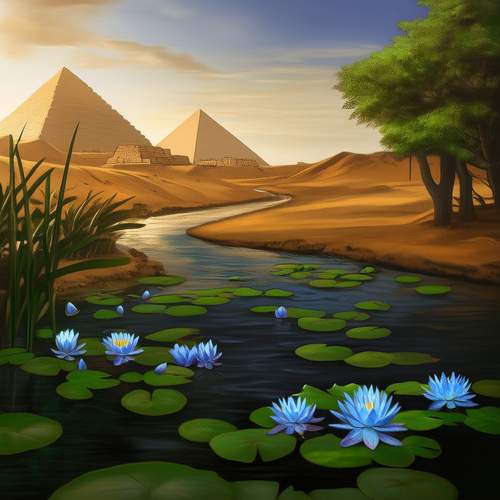
By /May 21, 2025
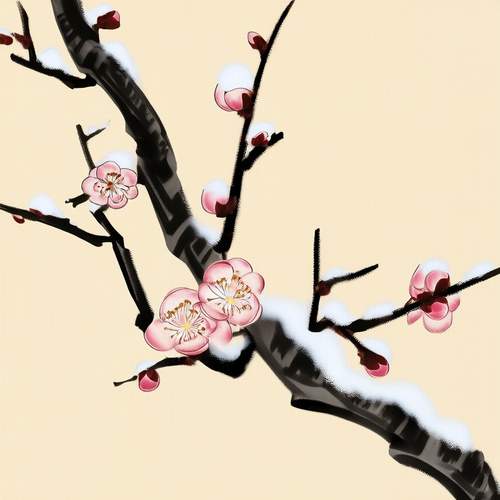
By /May 21, 2025
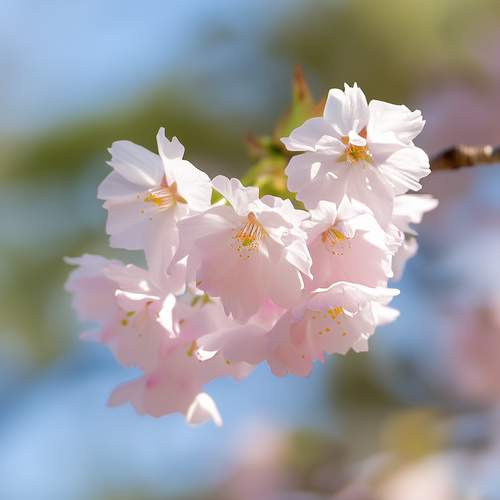
By /May 21, 2025
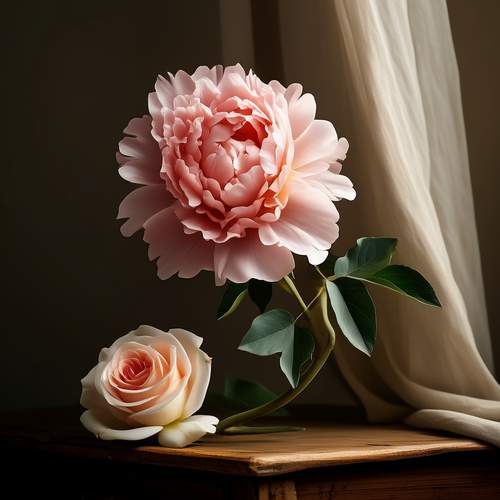
By /May 21, 2025
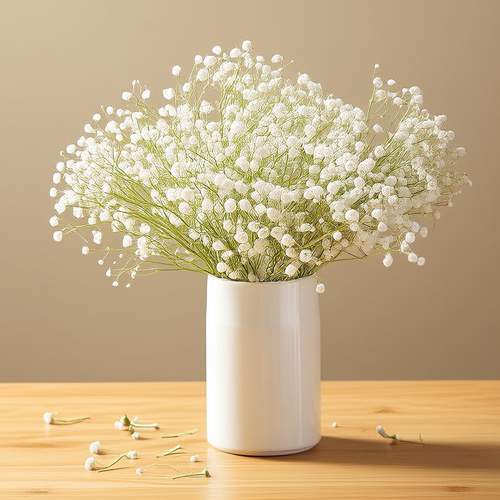
By /May 21, 2025
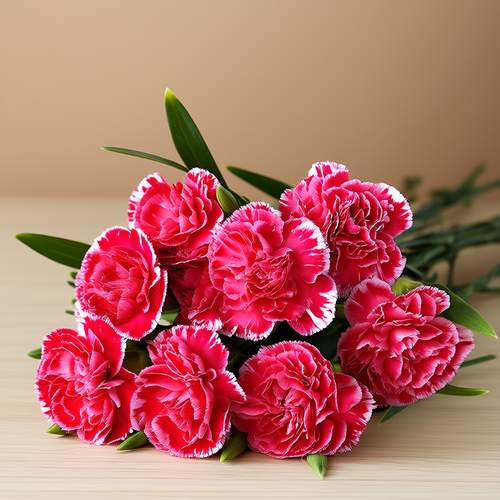
By /May 21, 2025

By /May 21, 2025
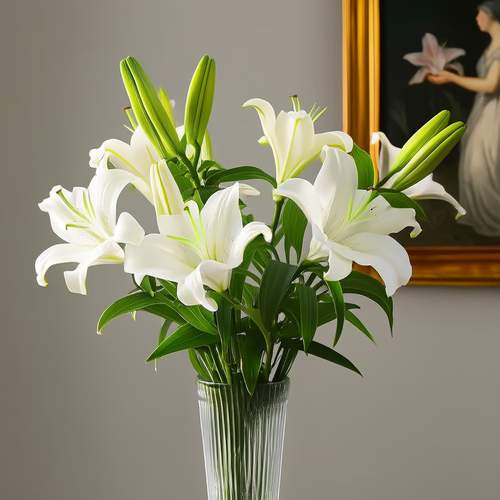
By /May 21, 2025
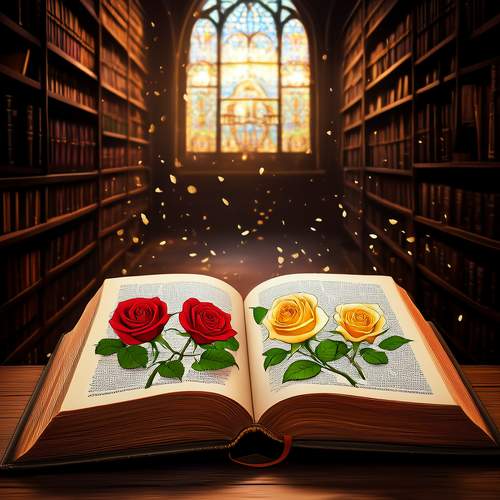
By /May 21, 2025

By /May 17, 2025

By /May 17, 2025

By /May 17, 2025

By /May 17, 2025

By /May 17, 2025

By /May 17, 2025

By /May 17, 2025

By /May 17, 2025

By /May 17, 2025

By David Anderson/Apr 29, 2025